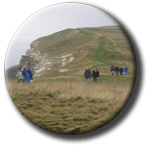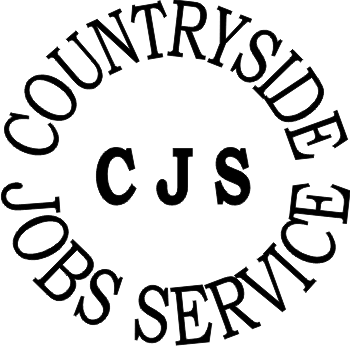Naturenet: The Country Code and Countryside Code
The Country Code
and Countryside Code
 The Country Code was one of the first, and best known attempts to educate
people to avoid conflicts which arose from the influx of visitors from urban
areas to the working countryside, particularly the National
Parks
The Country Code was one of the first, and best known attempts to educate
people to avoid conflicts which arose from the influx of visitors from urban
areas to the working countryside, particularly the National
Parks .
The original code was aimed squarely at the visitor, and made no mention of
the responsibilities of landowners.
.
The original code was aimed squarely at the visitor, and made no mention of
the responsibilities of landowners.
The National Parks Commission reported in September 1951:
“We regard the Country Code as a core around which will grow a body of
information about the countryside. As knowledge spreads, there should be much
less of the damage often done by sheer thoughtlessness in well intentioned
people. By all these means we hope there will be a deepening respect and friendliness
between countryman and townsman”.
The Country Code evolved from various origins, and has had several differing
incarnations from the 1930s onwards, and some local variation too. There
is no one 'correct' version. The most widely accepted version prior to the
Countryside Code in 2004 was published in 1981 by the Countryside Commission,
and reads:
- Enjoy the countryside and respect its life and work
- Guard against all risk of fire
- Fasten all gates
- Keep your dogs under close control
- Keep to public paths across farmland
- Use gates and stiles to cross fences, hedges and walls
- Leave livestock, crops and machinery alone
- Take your litter home
- Help to keep all water clean
- Protect wildlife, plants and trees
- Take special care on country roads
- Make no unnecessary noise
As part of the implementation of the Countryside and Rights of Way Act 2000,
the Countryside Agency and the Countryside Council for Wales developed a
new Countryside Code. This Code was designed to reflect both the changes
that had happened over the previous 20 years and the introduction of the
new public right of access to open country and registered common land.
The new Countryside Code was published in July 2004, and is divided into two
parts - for the public, and for land managers. The Countryside Code is less
concise than the old Country Code, and includes reference to other material.
This is a summary of the new Code:
- Be safe - plan ahead and follow any signs
- Leave gates and property as you find them
- Protect plants and animals, and take your litter home
- Keep dogs under close control
- Consider other people
- Know your rights, responsibilities and liabilities
- Where can people go on your land?
- What rules apply to people while they are on your land?
- What are your rights and responsibilities towards people on your land?
Make it easy for visitors to act responsibly
- How can you help people get access to your land responsibly and keep to
the Countryside Code?
- What help and advice can you get?
Identify possible threats to visitors' safety
- Are there any risks to the safety of people on your land, and how can you
deal with these risks?
Countryside Access: welcome to the outdoors

